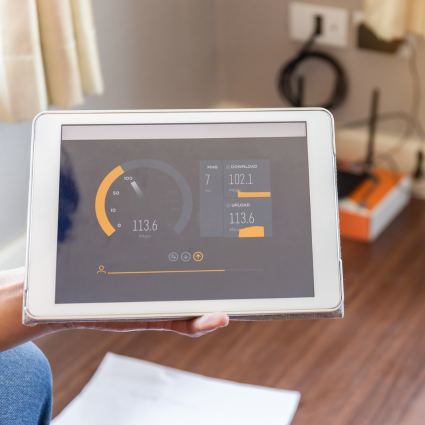Abstract: The question of the permanence of remote work has been resolved and the clear answer is yea and no. And the implications for IT and Operations teams are profound. They will be charged with supporting much more diverse and distributed forms of connectivity, endpoint devices, apps and services spread than ever. Their skills and tools will have to evolve in ways we’re still trying to fully understand. That means the core emphasis of network management will shift from network device status to real-time user experience and security.
Let the Transformation Begin
If you spent the last months of 2020 wondering if remote work was permanent or temporary, we can help you through the haze of guesswork and #WFH memes: It just doesn’t matter anymore.
Yes, the links between many types of work and traditional offices have been irrevocably broken. Yet digitally empowered workers will still work in HQs and remote offices and from home.
Some pundits are obsessed with the end of the HQ and the rise of everything remote. Let them prognosticate. Many HQs will simply move to lower cost areas or for other business reasons, including low cost flights or employee lifestyle benefits.
It just doesn’t matter.
There are obvious benefits to both the HQ and remote models. The greater payoff, however, is a hybrid strategy where workers are where they are most productive based on the project at hand.
Workforce flexibility makes the implications for IT quite profound. More dynamism. Less observability. Less security. What could possibly go wrong?
The newly created networks connecting the corporate network, service providers and a wide range of consumer gear installed and managed by employees are not necessarily new. They are, however, fundamentally different from the fat pipes, big switches and routers and approved devices serviced locally by on-site IT pros. And the observability, security and network management challenges become far more complex –and dynamic– in flex mode.
Are You Prepared?
Read this EMA Report on Remote Worker Network Performance Monitoring
What happens now?
We saw a similar dynamic shift (discussed recently on The Network of Now [Inside Analysis Radio]) almost two decades ago when the Internet merged with the enterprise network. Knowledge workers wanted the same level of access to their enterprise apps as their internet-delivered services
It drove growth in a couple of new network device categories and forced the reinvention of a couple more. We can expect a similar dynamic in network management and security categories as solutions are forced to evolve to support more digital experience demands.
The Big Shift
The core emphasis of network management is already shifting to real-time user experience and security versus network device status. This will accelerate as pressures mount on network teams.
As in the early 2000’s a new generation of network monitoring solutions will be ushered in to face a new configuration of dynamic demands, from the remote office to remote workers and everywhere in between. This shift will require new thinking in terms of hardware, software and services.






